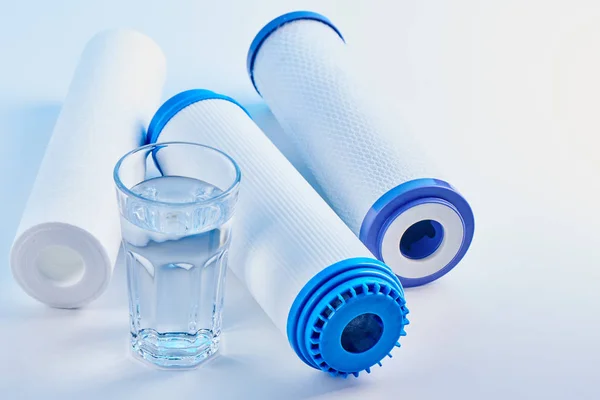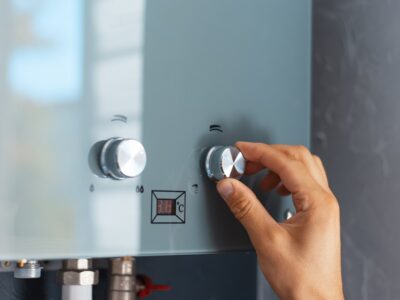Access to clean and safe drinking water is essential for health and well-being. With various water filtration treatment options available, mastering the right method for your needs can significantly enhance your water quality. This comprehensive guide explores the different types of water filtration treatments and their benefits, helping you make informed decisions about your water purification needs.
Understanding Water Filtration Treatment
Water Filtration Treatment involves removing impurities and contaminants from water to improve its quality. The choice of filtration method depends on the specific contaminants present, water source, and desired quality. Common contaminants include sediment, chlorine, bacteria, heavy metals, and chemicals. Each filtration technique targets different types of impurities, making it crucial to understand their functions and advantages.
1. Activated Carbon Filters
Activated carbon filters are one of the most popular water filtration treatments. They work through a process called adsorption, where contaminants adhere to the surface of the activated carbon. These filters are effective at removing chlorine, volatile organic compounds (VOCs), and unpleasant tastes and odors.
Advantages:
- Improves Taste and Odor: Activated carbon filters significantly enhance the taste and smell of water.
- Cost-Effective: They are relatively affordable and easy to maintain.
- Versatility: Available in various forms, including pitcher filters, faucet-mounted filters, and whole-house systems.
Disadvantages:
- Limited Removal: They are not effective at removing minerals, salts, and some bacteria.
2. Reverse Osmosis (RO) Systems
Reverse osmosis is a highly effective water filtration treatment that uses a semi-permeable membrane to remove contaminants. Water is forced through the membrane, leaving impurities behind. RO systems are capable of filtering out a broad range of contaminants, including dissolved salts, heavy metals, and microorganisms.
Advantages:
- High Purity: RO systems produce water with very low levels of contaminants.
- Comprehensive Filtration: Effective against a wide range of pollutants, including lead, fluoride, and nitrates.
Disadvantages:
- Waste Water: RO systems can waste a significant amount of water during the filtration process.
- Maintenance: Regular maintenance and filter replacement are required to ensure optimal performance.
3. Ultraviolet (UV) Purifiers
Ultraviolet purifiers use UV light to inactivate microorganisms such as bacteria, viruses, and protozoa. The UV light disrupts the DNA of these pathogens, preventing them from reproducing and causing illness.
Advantages:
- Effective Microbial Treatment: UV purifiers are highly effective at killing or inactivating microorganisms.
- Chemical-Free: Does not use chemicals or produce by-products.
Disadvantages:
- No Chemical Removal: UV purifiers do not remove chemical contaminants or sediments.
- Requires Electricity: They need a continuous power supply to function.
4. Distillation Units
Distillation is a water filtration treatment that involves boiling water to create steam, which is then condensed back into liquid form. This process removes most contaminants, including bacteria, salts, and heavy metals.
Advantages:
- High Purity: Distillation provides very pure water, free from most contaminants.
- Effective Against Pathogens: Boiling effectively kills bacteria and viruses.
Disadvantages:
- Slow Process: Distillation can be time-consuming, making it less suitable for high-volume needs.
- Energy-Intensive: Requires significant energy to boil water.

5. Ion Exchange Systems
Ion exchange systems are used primarily to soften water by removing calcium and magnesium ions and replacing them with sodium or potassium ions. They are particularly useful in areas with hard water.
Advantages:
- Prevents Scale Build-Up: Helps to protect plumbing and appliances from scale formation.
- Improves Soap Efficiency: Softened water improves the effectiveness of soaps and detergents.
Disadvantages:
- Sodium Addition: Adds sodium to the water, which may not be suitable for those on low-sodium diets.
- Regular Maintenance: Requires periodic replenishment of ion exchange resins.
Choosing the Right Water Filtration Treatment
Selecting the right water filtration treatment involves evaluating your specific water quality needs and preferences. Consider the following factors:
- Contaminant Types: Identify the contaminants present in your water through testing.
- Water Usage: Determine whether you need point-of-use (e.g., faucet filters) or point-of-entry systems (e.g., whole-house filters).
- Budget and Maintenance: Assess the cost of installation, operation, and maintenance.
Conclusion
Mastering water filtration treatment requires understanding the various options available and their specific benefits. From activated carbon filters and reverse osmosis systems to UV purifiers and distillation units, each method offers distinct advantages for improving water quality. By assessing your needs and the types of contaminants in your water, you can choose the most effective filtration treatment to ensure clean and safe water for your home.








Comments